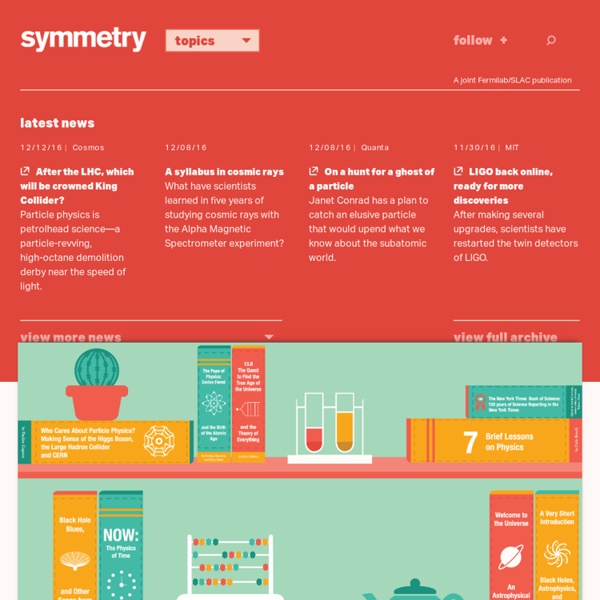



Physics and Physicists Not Even Wrong I’ve just replaced the old version of my draft “spacetime is right-handed” paper (discussed here) with a new, hopefully improved version. If it is improved, thanks are due to a couple people who sent helpful comments on the older version, sometimes making clear that I wasn’t getting across at all the main idea. To further clarify what I’m claiming, here I’ll try and write out an informal explanation of what I see as the relevant fundamental issues about four-dimensional geometry, which appear even for $\mathbf R^4$, before one starts thinking about manifolds. Spinors, twistors and complex spacetime In complex spacetime $\mathbf C^4$ the story of spinors and twistors is quite simple and straightforward. While spinors are the irreducible objects for understanding complex four-dimensional rotations, twistors are the irreducible objects for understanding complex four-dimensional conformal transformations. Real forms In this case the conjugation acts in a subtle manner. Some philosophy
Preposterous Universe Usually, technical advances in mathematical physics don’t generate a lot of news buzz. But last year a story in Quanta proved to be an exception. It relayed the news of an intriguing new way to think about quantum field theory — a mysterious mathematical object called the Amplituhedron, which gives a novel perspective on how we think about the interactions of quantum fields. This is cutting-edge stuff at the forefront of modern physics, and it’s not an easy subject to grasp. “Halfway between a popular account and a research paper” can still be pretty forbidding for the non-experts, but hopefully this guest blog post will convey some of the techniques used and the reasons why physicists are so excited by these (still very tentative) advances. I would like to thank Sean to give me an opportunity to write about my work on his blog. represented by a single Feynman diagram. As a first step, we need to characterize how the amplitude is invariantly defined in a traditional way.
The Reference Frame RÉSONAANCES viXra log Of Particular Significance The Gravity Room Peter Woit's Home Page About Me I'm currently a Senior Lecturer in the Mathematics department at Columbia University, where I teach, do research, and am responsible for the department Computer system. For the past couple years, I've also been our Calculus Director, coordinating Calculus teaching and implementing our use of the WebAssign online homework system in some of the Calculus classes. My academic background includes undergraduate and master's degrees in physics from Harvard, a Ph.D. in particle theory from Princeton, and postdocs in physics (ITP Stony Brook) and mathematics (MSRI Berkeley). I've been at Columbia since 1989, starting here as Ritt assistant professor. Teaching Current course: Mathematics W4391: Introduction to Quantum Mechanics Older courses: Mathematics G4343: Lie Groups and Representations (Fall 2013) Mathematics W4392: Introduction to Quantum Mechanics (continuation) Mathematics W4391: Introduction to Quantum Mechanics (Fall 2012) Mathematics G4344: Lie Groups and Representations (Spring 2012)